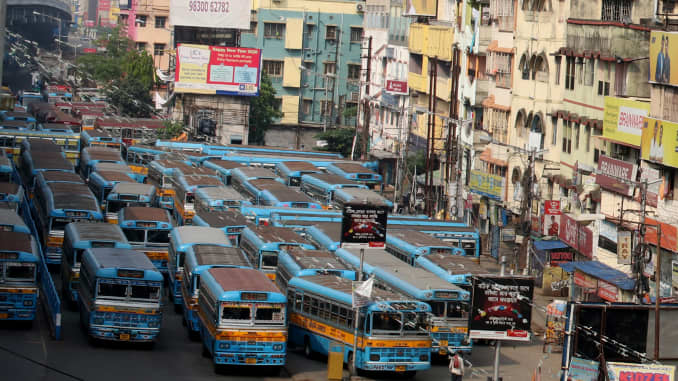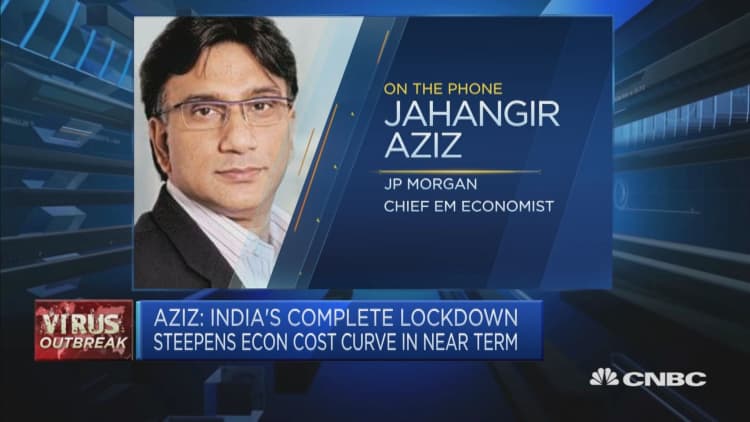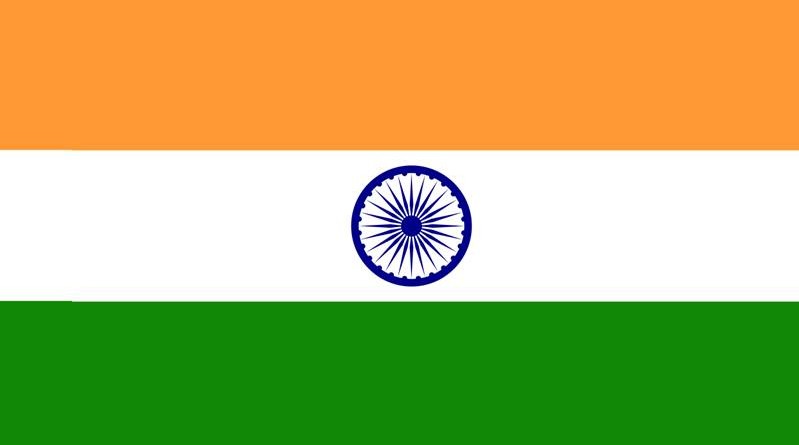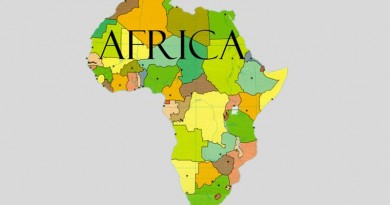India announces $22.5 billion stimulus package to help those affected by the Lockdown
India announced an economic stimulus package worth 1.7 trillion rupees ($22.5 billion) on Thursday, designed to help millions of low-income households cope with a 21-day lockdown due to the coronavirus outbreak.
The package will be disbursed through food security measures for poor households and through direct cash transfers, said India’s Finance Minister Nirmala Sitharaman.
“We have come with a package, which will immediately take care of the concerns, the welfare concerns, of the poor and suffering workers and those who need immediate help,” she said at a press briefing.
Most of the country’s 1.3 billion people have been told to stay indoors for three weeks starting Wednesday, as part of the government’s efforts to slow down the coronavirus outbreak before India’s health care system collapses from the strain. Essential services like grocery stores and gas stations would remain open.
What India is giving
Daily wage earners, small business owners, and low-income households are said to be the most vulnerable during the lockdown.
Sitharaman explained that the government does not want anyone to remain hungry or go without money in hand.
“So, we will be giving enough to take care of their food grains requirement, protein requirement, in terms of pulses,” she said, adding that several measures through the direct benefit transfer scheme will also be taken “so that money reaches them.” Direct benefit transfer is an attempt by India to ensure that subsidies reach recipients through their bank accounts so that leakages and delays are reduced.

The first day of a 21-day government-imposed nationwide lockdown as a preventive measure against the COVID-19 coronavirus in Kolkata on March 25, 2020.Debajyoti Chakraborty | NurPhoto | Getty Images
The food security measures will affect 800 million people, according to Sitharaman.
Under an existing scheme, low-income earners get 5 kilograms of rice or wheat per month at a heavily subsidized rate. Now, the government will top that up with an additional 5 kg of either rice or wheat per person for the next three months, and 1 kg of pulses per household for that same period — for free.
Cash transfer measures are set to benefit farmers, rural workers, poor pensioners, construction workers, low-income widowers and more, according to Sitharaman.
Additionally, India will provide a medical insurance cover of 5 million rupees per person for front-line workers in the coronavirus outbreak. They include nurses, doctors, paramedics, and sanitation workers in government hospitals.
States have also announced various measures to support the local economies.
Will it be enough?
The stimulus package may not be enough to move the needle on the economic impact from the lockdown, according to JPMorgan’s chief emerging market economist.
“India will probably require something much larger than $20 billion of support,” Jahangir Aziz told CNBC’s “Squawk Box” on Thursday before Sitharaman announced the economic stimulus package. He was responding to a previous report by Reuters saying that the government was considering a package worth around $20 billion.
“60% of India’s economy will be locked down for 21 days and that’s the minimum. It could be much longer, simply because the public health system in India is so stretched, that I wonder whether a 21-day lockdown will be sufficient,” he said, adding that the move would shave two to three percentage points off India’s annual GDP.

watch nowVIDEO03:10It is ‘essential’ for India to consider direct income transfer to support the economy
Still, given the state of India’s health infrastructure, it would take a “very, very long time” for the country to flatten its infection curve to a point where the system can handle it. Data from the health ministry showed India has 593 active cases of COVID-19, the respiratory disease caused by the coronavirus. While that number is relatively low in comparison to other parts of the world, India has also tested far fewer people for the disease.
“China gave India, and the rest of the world, of course, two months of lead time,” Aziz said, adding that most countries did not utilize that time to prepare for the outbreak to reach their shores.
Infection numbers have risen to more than 416,600 and the death toll is above 18,500, according to the World Health Organization. It was first reported in China’s Hubei province.




